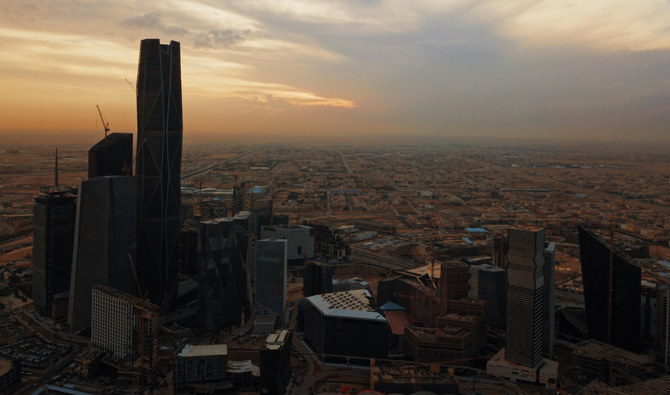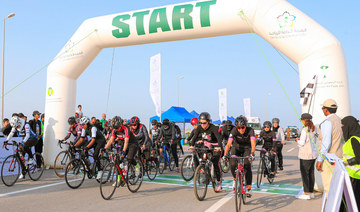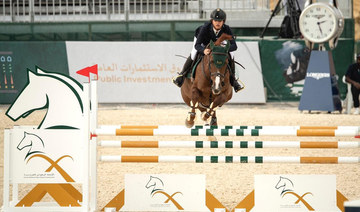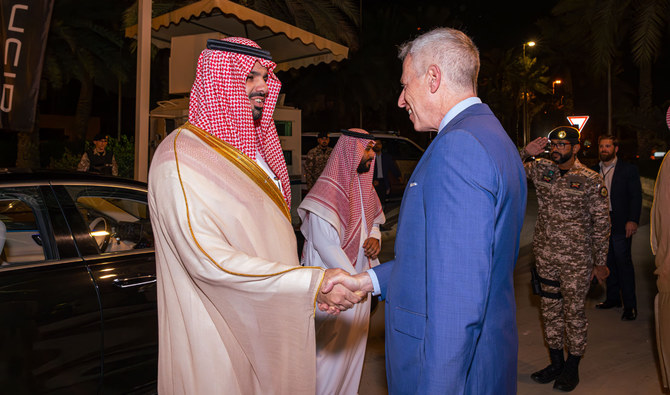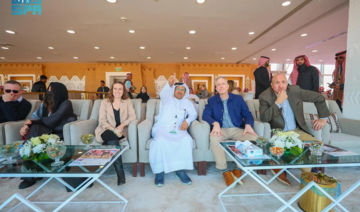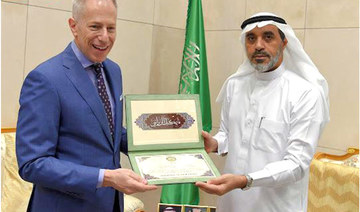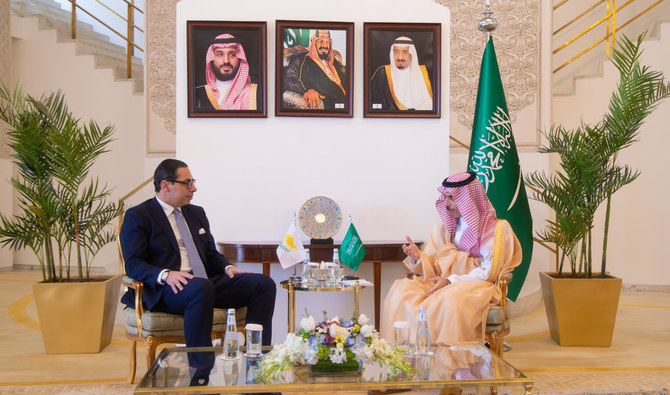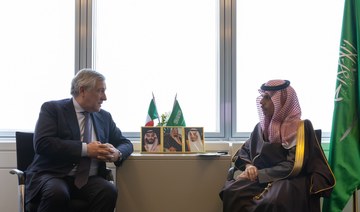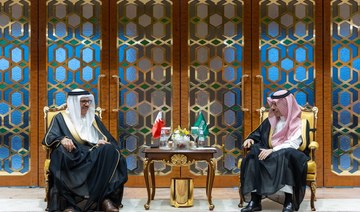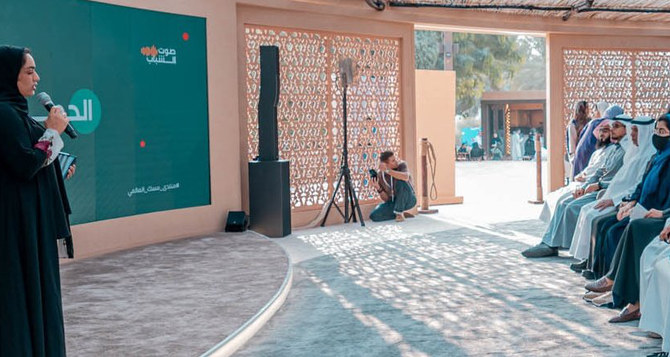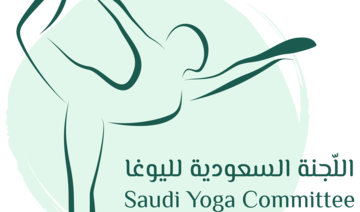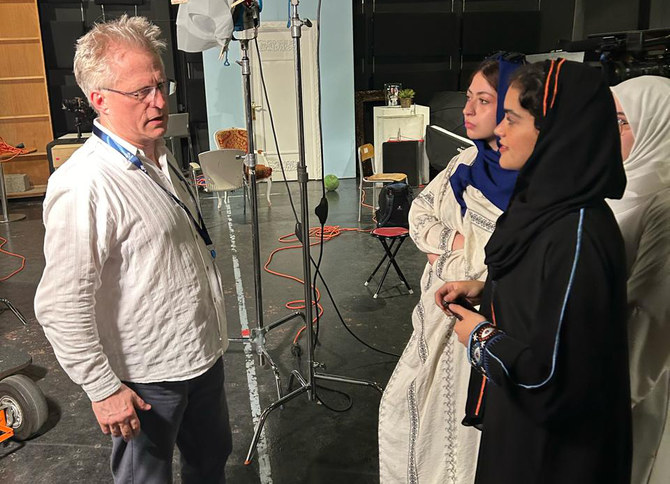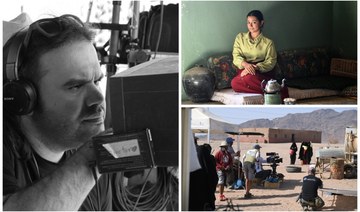RIYADH: One of the foremost development plans in Saudi Arabia is to increase women’s participation in the labor market.
With new reforms being undertaken in Riyadh, the capital is attracting a large number of single women seeking employment opportunities.
“The idea of women moving to cities in search of work isn’t new, but it rarely happened on the scale we’re seeing today,” Shahad Sulaiman, who works in a private sector in Riyadh, told Arab News.
“Women are now more educated than they were before, with many holding master’s degrees or Ph.Ds.”
Al-Hamdan, who used to live in Jeddah, spoke of the struggles facing people working in media in her former city. Many receive low salaries with little to no career progression, making for an uncertain future. Increased opportunities and a higher salary at a better company led her to move to Riyadh.
Al-Hamdan also spoke of how women in Saudi Arabia are used to the idea of someone else helping them and taking care of them.
“One of the factors that made me decide to move to a new city is that I’m very attached to my parents and would like to be more independent,” she said.
Shahad Al-Harbi, a 28-year-old marketing officer who used to live in Tabuk, moved to Riyadh in 2019.
Her parents were initially opposed to the idea of her living alone in another city, until they saw her struggle for a year trying to find a job that would suit her major and her experience.
“I had to work remotely for an online startup in Dubai with a below-average salary of $800 per month,” she told Arab News.
Al-Harbi, who has a master’s degree in marketing and business administration, said she felt as though the company was taking advantage of her because of her desperation in Tabuk. She was a student in the US, and so did not find it difficult to live in a big city.
“The nature of housing in Saudi Arabia isn’t as well-suited to single women as it is in the US. Apartment buildings lack proper security and amenities. It’s a bit stressful in this regard, but nothing impossible to overcome,” she said.
HIGHLIGHTS
• Increased opportunities and higher salaries at better companies led many women to move to Riyadh.
• New reforms are being undertaken in Riyadh.
Raghad Al-Juhani, editor of a political program at news channel Al-Ekhbariya, also moved from Tabuk to Riyadh after graduating from high school in 2015.
Among her reasons for moving was that she wanted to study a major of her choice at a specific university, in an environment that would allow her to make her own decisions.
“Living independently refines your character and reminds you that your future is in your own hands,” Al-Juhani told Arab News. “I’d advise anyone who hasn’t found a helpful environment to create another one.”
Al-Harbi agreed that living independently is character-building. “Living alone, you get to know yourself better and you focus on your own goals,” she said.
“It’s important, however, to effectively manage a social life and resist any tendency to self-isolate by adapting to the change in environment.”
She said her father visits her every month during weekends, and her parents are very proud of her accomplishments.
Al-Harbi added that living alone came with several other benefits, including the freedom to build a healthy lifestyle.
Al-Juhani likewise mentioned how her time alone helped her lose weight. “I wanted to focus on my health, so I started out with small steps until I was finally able to lose a lot of weight and build muscle, a goal that I wouldn’t have achieved without my independence,” she said.
Accepting a job in a different city was a joyous moment for these women, but breaking the news to their families was no easy task.
“One moment my parents supported me, the next they changed their minds. This created a lot of anxiety for me, and I worried whether I’d fail this challenge,” said Al-Juhani.
“Once I proved to them that I was able to overcome these difficulties, they supported me financially and morally.”
Asma Al-Balawi, an event manager at Golden Scent, moved from Tabuk to Riyadh seven months ago.
She said she initially had no intention to move, but during her visit to Riyadh, she applied for a couple of jobs and received a quick response from one of the companies, which hired her only two weeks later.
“My family didn’t have time to react. It all happened so fast, but still they were supportive of my decision,” she said.
Al-Balawi, who lives with her daughter and another female roommate, said independent life as a single mother has its difficulties.
“Now everything is my responsibility: Paying bills, rent, grocery shopping. This made me realize that my salary isn’t mine as it once was when I used to live with my parents. Riyadh is an expensive city compared to others in Saudi Arabia,” she said.



